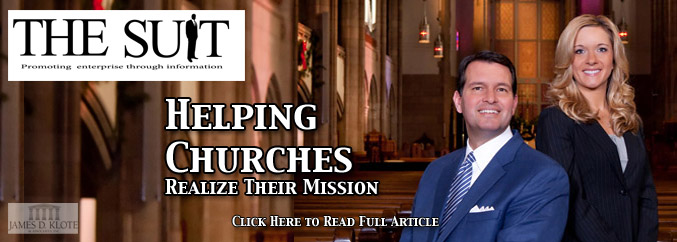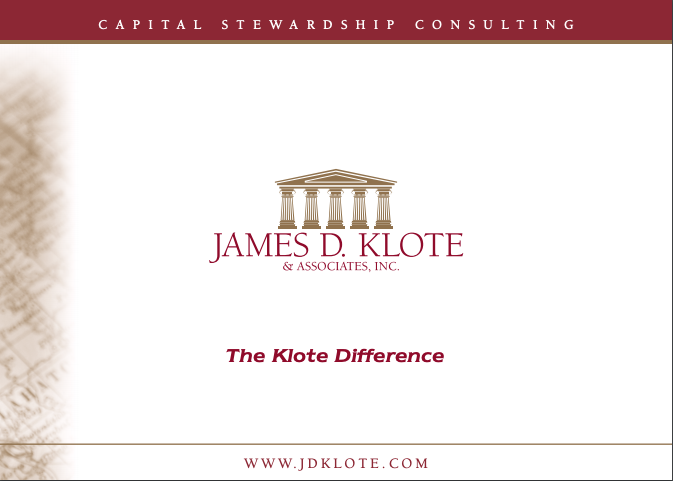Get Your Church Out of Debt

By Jim Klote
The number of congregations around the United States with significant debt is growing every day. To say it is reaching epidemic proportions is not an overstatement. Years ago, most prospective clients called regarding the need to raise funds for new construction, renovation and property acquisition. Today, most calls discuss the need to reduce debt. The reasons they are in debt are many. Some have used a line of credit to pay for deferred maintenance issues; some have construction loans; others purchased property for future expansion that is now on hold.
I must confess that I do not like church indebtedness at all. There is certainly no economic advantage to a congregation servicing indebtedness for an extended period of time. Though, I often hear from church leaders that they believe debt for a church is good. I can understand the viewpoint of making church members feel they are needed through their offerings. I can even understand the desire to have members feel a challenge to support new and needed ministry opportunities. However, when the debt reaches a point where the current budget cannot sustain the payments, or the loan payments significantly impact the current ministries, I cannot see the good in that debt. When 40-50% of a church’s budget is earmarked for debt payments, it undermines the church’s financial stability. It can undermine confidence in the church leadership.
One such congregation in debt had to substantially eliminate staff and cut vital ministries. The members of the church were unhappy. They voiced their disapproval by cutting annual pledges and weekly offerings. Some members even left the church.
There are two paths that church leaders should consider and they are not mutually exclusive. One involves more focused attention on the Annual Campaign. Ensure that most of your congregation is at least pledging. The second involves educating your congregation about the debt and conduct a focused and intense Capital Campaign to try to retire the debt in a 5 year period of time. Begin with a series of Focus Group Meetings to educate and inspire support for the campaign. Engage the members of the congregation in discussions of how the debt is impacting the annual ministries.
We are currently working with a congregation who considered using our services 9 years ago for a new building project. After much deliberation, the church leaders made the decision to not use outside counsel and conduct the campaign on their own. Unfortunately, with little focus and direction, the campaign was unsuccessful. However, when the decision to move forward, they voted to build the new $5 million facility in spite of a campaign yielding poor results. The years continued with $360,000 in debt service for the new building. After a full 9 years of debt service, the church leaders once again contacted use to help retire the debt. This time, they understood that hiring good and experienced counsel is an investment, not an expense. I only wish they would have conducted the campaign properly from the beginning. It would have saved the congregation well over $3 million in debt service alone.
These funds could have been used much more effectively for the church’s mission in ministry.
Even if your debt is so large that you think it will take generations to retire it, it is this generation’s responsibility to do their part now.
Jim Klote is President of James D. Klote & Associates, Inc. This nation-wide firm offers full-time and on-site Capital Stewardship consulting services to individual congregations for the purposes of new construction, renovation, debt reduction and mission and outreach. Offices are located in Falls Church, Virginia and St. Charles, Illinois. For more information please visit www.jdklote.com or contact us directly at 800-360-2315.







 703-399-0518
703-399-0518  info@jdklote.com
info@jdklote.com 


